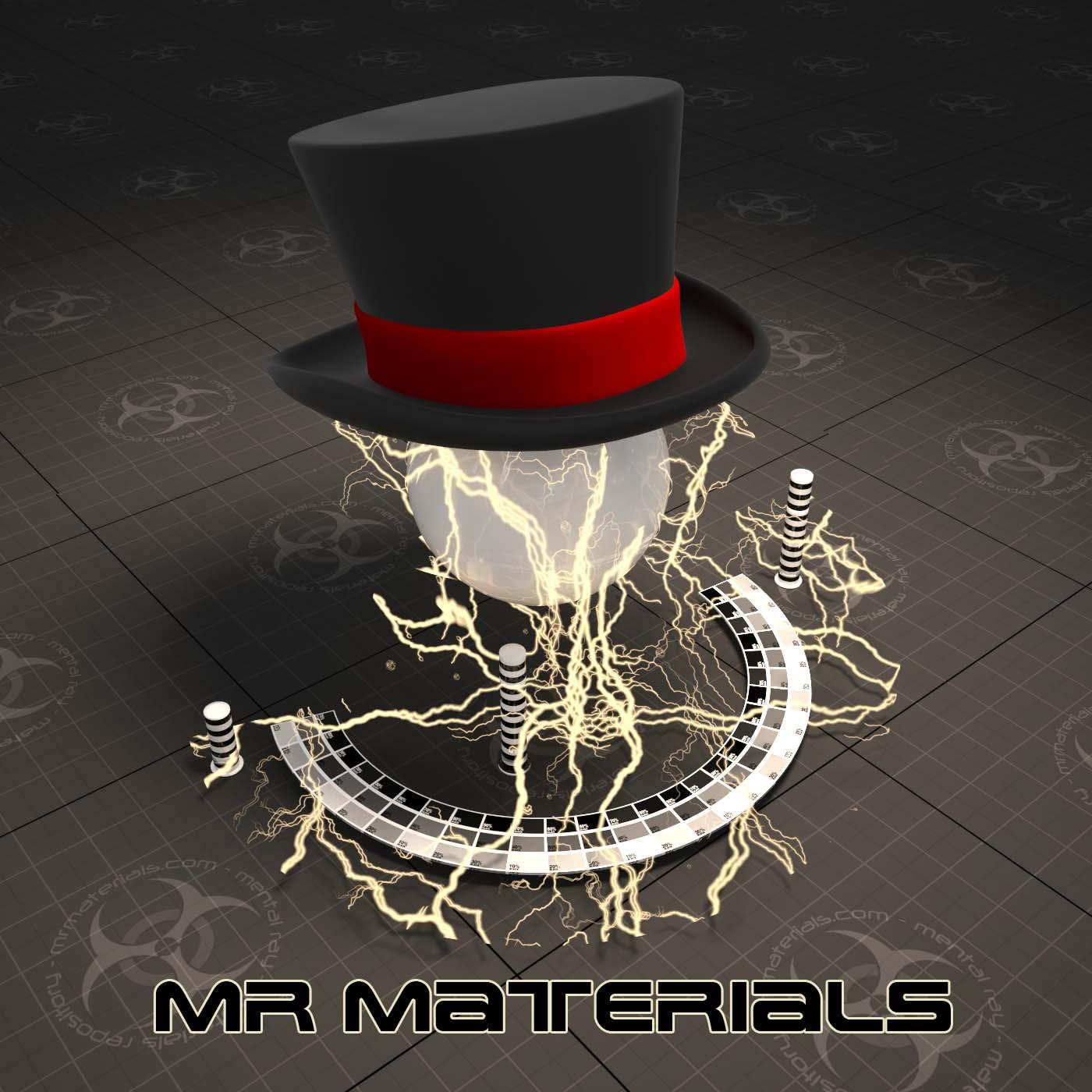Realistic results with the mr Photographic Exposure Control
I thought it would be helpful to post some info on getting realistic results out of the mr Photographic Exposure Control. I see frequent questions on various forums in regards to getting photometric lights to "work" with the mrSun/mrSky. There's no problem with using photometric lights and the daylight system configured with the mrSun/mrSky. Most of the time I think the problem stems from improper exposure settings, or users that want/need unrealistic results...like an architectural interior that has an under-exposed exterior (windows show a dark blue sky outside), but is also brightly lit on the interior by the sun/sky.
Let's first take a look at some photographs to gain a better insight into what type of results we should expect.
Here are two properly exposed interior photos

---

Both of these images came from a quick google search. I have a few folders FULL of reference images like this that I've gathered from both google searches and my own photos over the years. I highly recommend keeping reference photos like this. It will really help improve your renders.
Anyway back on topic, notice how the window areas are over exposed in order to obtain the correct exposure for the room. Why? Well, the lights we use in our homes & offices are no where near the power of the natural sun/sky. So when you take a photo of your living room, you should set the cameras exposure for the interior lighting, not the sun/sky outside the room. If you happen to configure the camera's exposure for the daylight outside instead of the interior lighting, you'll often end up with an under-exposed interior like this:

You'll also find that the smaller the windows/openings are, the more over-exposed they will be (to obtain a properly exposed interior). Here's some examples of that:

---

The openings are very bright in these two photos because the small windows/openings appear to be the only light sources in the areas. So the exposure settings had to be pretty low.
The only time you can get by with using outdoor/daylight exposure settings on an interior is if the interior has a LOT of large windows, as can be seen in the next photo:

So, how does this all relate to our renderings? I've setup a very simple scene to help illustrate the importance of proper exposure settings. Here's a screen grab of the scene:
(click to enlarge for more details)

It's a simple box with three thin openings in one wall to allow daylight into the room. There's a daylight system configured with the mrSun/mrSky, and a single skylight portal for illumination.
If I configure the mr Photographic Exposure control for an outdoor daylight scene (using the preset), you'll see that the room turns out under-exposed.
(click to enlarge for more details)

But if just switch to the "Physically Based Lighting, Indoor Daylight" preset, the interior will be properly exposed.
(click to enlarge for more details)

(keep in mind that no other changes were made, only the exposure preset was changed)
In this next render I added a few photometric area lights (with IES profiles) to the scene to see how they would react to the settings. I did change the "whitepoint" value on the exposure control to 5800k because I believe that's what I'd use on my digital camera in this type of lighting scenario. Also noteworthy, I used proper Kelvin temp/colors on the photometric lights.
(click to enlarge for more details)

So, as you can see the exposure settings play a vital role in the realism of your renders. It's also helpful to add some specular bloom to these over-bright areas via the glare camera shader. If you have a camera handy, I'd recommend spending a bit of time with it. By doing so, you'll quickly learn what exposure settings work best for any given scenario...and now with the mr Photographic Exposure Controls, you can directly apply that knowledge to your renders.
While I'm on the topic, or at least near it...I'd like to show a few photos that illustrate effects that users often complain about and try to remove.
Q. When I use the daylight system my renders have this blue tone, why?
A. The light provided by the sky on a bright sunny day is often blue. Here's a photo that helps illustrate this:

Notice how the shadow areas are blue in color? The blue skylight is also obvious in the very first photo of this blog post (the interior bathroom photo).
Q. I added a wood floor texture to the floor of my pristine white room...now the room is orange..why?
A. It's called color-bleeding and it's a natural occurring phenomenon. Depending on light sources & finishes on the floor it can be a weak effect, or strong as in this example:

So next time your client tells you the blue skylight on your buildings is incorrect or they complain about the color bleeding...go ahead and fix it for them...but smile because you know your original result was "physically correct".








